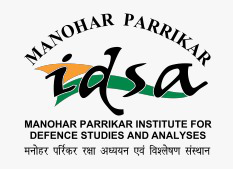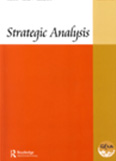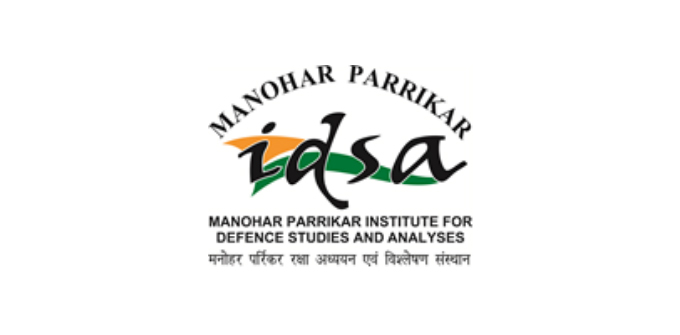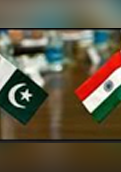Transforming Eastern South Asia: Relevance of BIMSTEC
Of late the Bay of Bengal Initiative for Multi-Sectoral Technical and Economic Cooperation (BIMSTEC) is receiving sincere attention from its member countries as an organisation that has the potential to transform the region’s political and economic future. This is because there are several bilateral and sub-regional ongoing projects that are seeking to connect the region and bind them together into one economic whole. Apart from this, after the cancellation of the SAARC (South Asian Association for Regional Cooperation) summit in 2017, many would see the BIMSTEC as an alternative to SAARC.
- Smruti S. Pattanaik |
- July 2018 |











